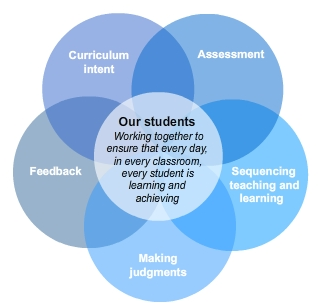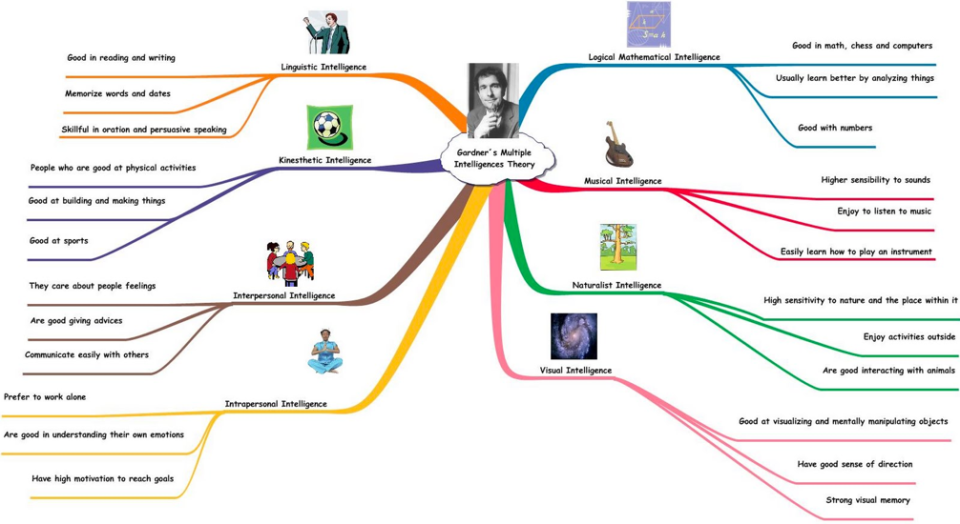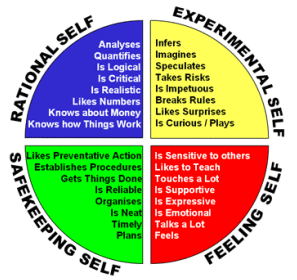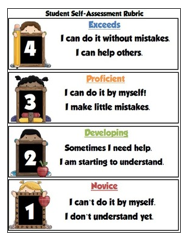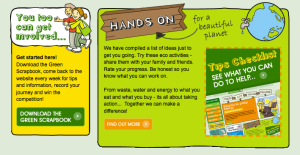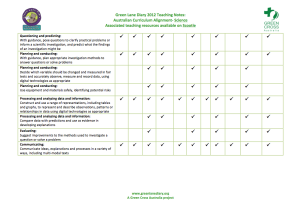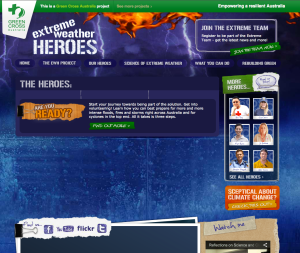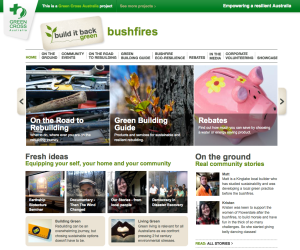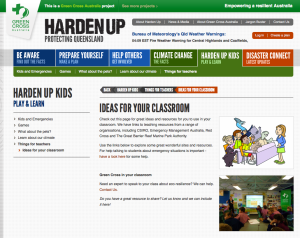How do we raise critical thinkers?
This graphic Developing 21-st Century Critical Thinkers from the 21st Century Fluency Project website in association with Mentoring Minds website, was sent to me today by scoop.it and I thought included some highly relevant Inquiry Learning materials.
Greencross – Empowering a Resilient Australia
Week 11 Inquiry Learning Blog/Websites by Teachers Review
The website Green Cross Australia – Empowering a Resilient Australia is a humanitarian and environmental organization’s website which functions as a “portal” to a host of other sites and resources for educating and empowering Australians to become more resilient to our changing environment. These resources and websites include elements with application for Inquiry Learning projects based around our environment, including: climate change, scientific inquiry, natural disasters and information about what we can do to minimise the social and environmental impacts. I decided to review this site as I found it to be of particular relevance to my ILA topic this semester: construction of cyclone resistant housing following natural disasters in Queensland.
The site includes educational resources developed for young students of science such as The Green Lane Diary. There is information here about ‘The Scientific Method’ ‘Scientific Discovery and Technology’ and ‘Climate Modeling’.
The site also devotes a page to Inquiry-Style Project Ideas which lead students to discover how they can make a difference, be alert to extreme weather, look after the environment and learn about climate change. The following examples can be found, which have relevance to my ILA focus:
You can also download the My Green Lane Diary Scrapbook (2013) which allows students to record in diary form a “Project Plan for a Problem” they have identified related to the environment. The scrapbook incorporates elements of inquiry learning such as: identification of a real-world problem, a longitudinal study in diary form, finding solutions to a problem, a reflective component for students, teachers and parents, and the facility to share findings on the organisation’s website.
There is also an Apple App called the Green Lane Diary iPad Magazine which in keeping with the spirit of Inquiry Learning, allows students to instantly share ideas on the Green Cross Australia Website.
This site also provides links to the KLAs, Cross-Curriculum Priorities and General Capabilities of the Australian Curriculum. Here are screenshots of the document for Year 6 Science, relevant to my ILA:
As previously mentioned, the Green Cross Australia site is a portal which provides links to other useful topic-related websites such as:
1. Extreme Weather Heroes which could be very useful to associate with my ILA topic: construction of cyclone resistant housing following Natural Disasters in Queensland.
- One page of this site was devoted to the Science of Extreme Weather which included a YouTube clip about “The effects of ocean warming on cyclones and storm surges” an interactive section for students to vote on whether they believe the increase in extreme weather is related to climate change; and 10 Pages of facts about extreme weather and climate change science.
- There’s also a page designed for young people called What You Can Do which encourages youth to join the challenge to help with emergency responses to natural disasters, as the population of volunteers currently averages over 50 years. Included on the page are volunteer testimonials and appeals to young people such as: caring for others and their futures on Earth and the chance to form friendships. There are also a number of ‘Hero Blogs’ Extreme Weather Heroes listed which are designed to inspire young people to become emergency volunteers.
2. Another link is to a site called Build It Back Green which provides “Sustainable solutions for disaster affected communities.” This is highly relevant for my ILA as it deals with community recovery and sustainable building after natural disasters.
3. Next, the site also links to Harden Up – Protecting Queensland which includes lots of useful pages on Disaster Preparation, Helping Others, Climate Change, and a History of Queensland Extreme Weather. Also highly relevant in terms of providing real-life community links within an Inquiry framework, are the pages: Green Cross in your classroom” which allows students to speak to experts on eco-resilience and many other topics. The “Tell Us Your Story” and “Share A Tip” pages also allow students to read real life survivor stories of natural disasters in their home state and share tips they have learned to help others in their community.
The Harden Up – Protecting Queensland site then provides a link to the next site here:
4. And finally, the Australian Government site Disaster Resilience Education For Schools which aims to develop disaster resilience in Primary and Secondary students. Of particular relevance to my ILA is the page About Cyclones which includes heaps of cool facts which I know from my recent experience with Year 6 students will appeal to their age group, such as: ‘The Cyclone 1-5 Categories’, ‘Names of Past Cyclones’, ‘The Cyclone Eye’ and ‘Did You Know?’ Information. For students there is also an Experiments Page and for teachers a Cyclone Lesson Plan and a section devoted to Disaster Resilience Education for Schools – National Curriculum which maps disaster resilience education resources against the Australian Curriculum in English, Maths, Science, History and Geography.
The Green Cross Australia – Empowering a Resilient Australia website is a powerful tool for students and teachers which acknowledges elements of Inquiry Learning principles to inform educational projects related to Australian weather, climate and the environment.
